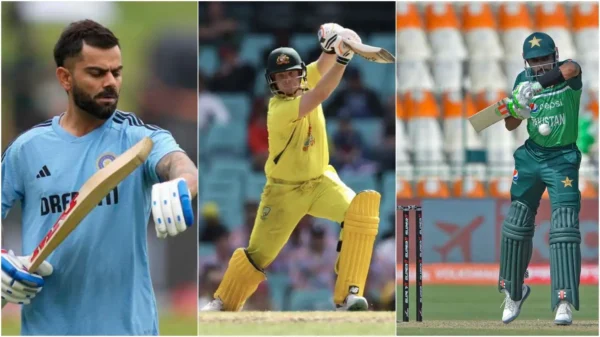
With less than a month to go for the World Cup 2023, the teams are finalising their squad and leaving no stone unturned for the event.
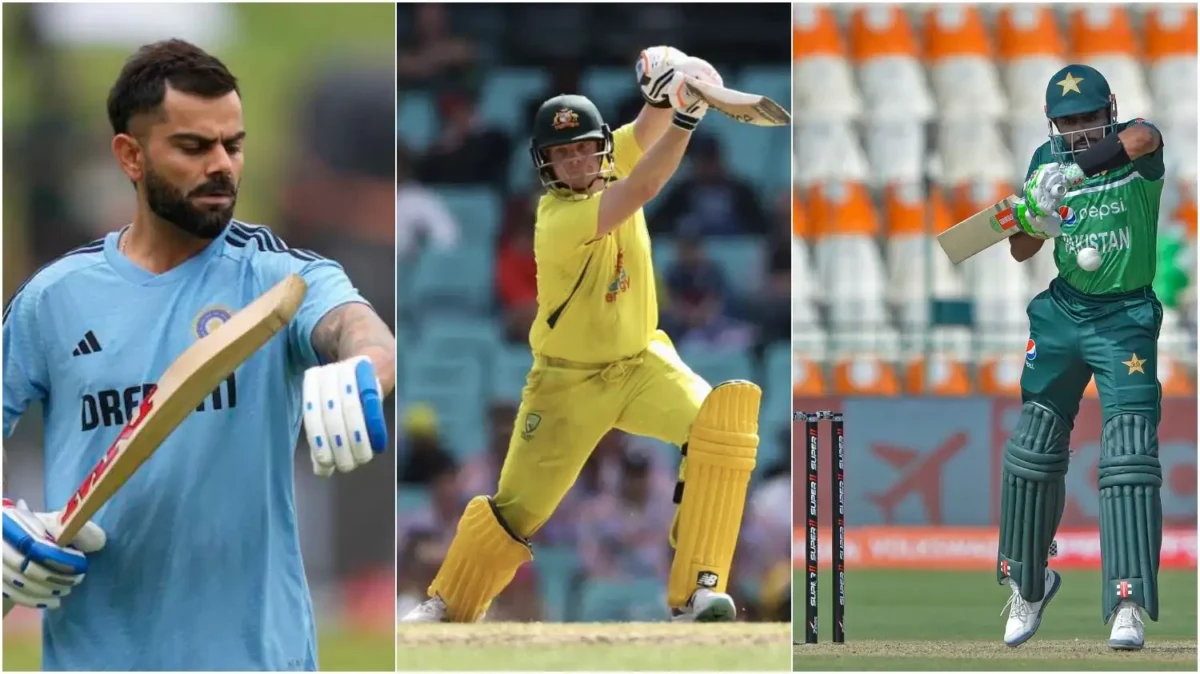
With less than a month to go for the World Cup 2023, the teams are finalising their squad and leaving no stone unturned for the event. As the teams prepare in full flow, we look at the batting depth of each side and how their batters might fare in the World Cup. The list contains the teams with the best to worst in terms of batting quality.
India have arguably the best batting unit in the competition, as it covers most of the bases. The top order comprises Rohit Sharma, Shubman Gill and Virat Kohli, the best in the competition. Since 2022, Gill has had the most runs (1465) among the top three batters at an average of 69.76 and a strike rate of 104.34 in the ODIs. Rohit Sharma (43.60) and Virat Kohli (36.35) have also been quite good. Kohli’s return to form this year is a massive boost at the top. However, the left-arm pacers can trouble them, particularly with the new ball, as visible several times in the past. If there is some movement available, the trio can be vulnerable.
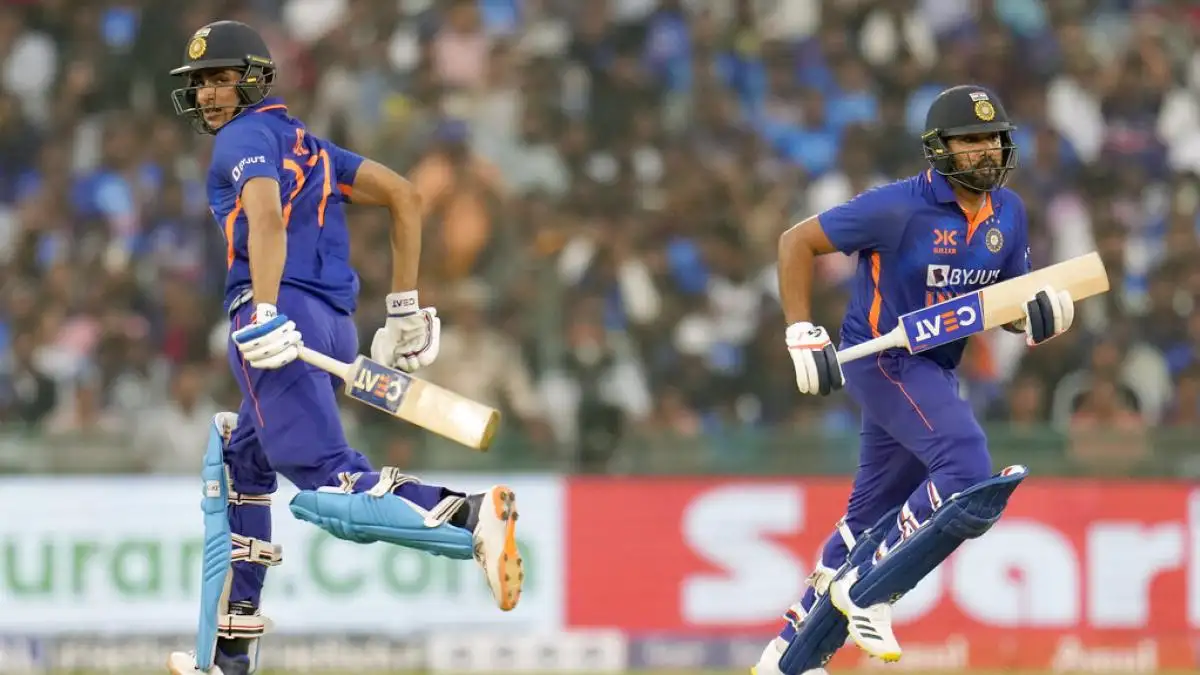
The middle and lower middle order of Shreyas Iyer, KL Rahul, Hardik Pandya and Ravindra Jadeja are also among the best as well. Since 2022, Iyer has 356 runs at an average of 50.85 and a strike rate of 91.75 in nine ODI innings. KL Rahul has 289 runs at an average of 48.16 and a strike rate of 82.80 in eight ODI innings in the mentioned timeframe. Meanwhile, Hardik Pandya has 385 runs at an average of 38.50 and a strike rate of 95.29 in 10 ODI innings at number 6, and Ravindra Jadeja has 129 runs at an average of 32.25 and a strike rate of 59.44 in seven ODI innings since 2022.
Iyer and Hardik are fantastic players of spin, while Rahul and Jadeja perform better against the pacers, especially the latter. Iyer and Hardik’s issues against the high-end pace might be a concern, while Jadeja is susceptible to the slow bowlers. If India decide to play Shardul Thakur, this batting unit will only increase in depth and quality.
Here’s the #TeamIndia squad for the ICC Men’s Cricket World Cup 2023 🙌#CWC23 pic.twitter.com/EX7Njg2Tcv
— BCCI (@BCCI) September 5, 2023
India also have Ishan Kishan, Suryakumar Yadav and Axar Patel on the bench, who can come in anytime in case of any injury. They all have ample game time under their belt, and their presence shows their bench strength.
Australia might not get headlines, but they have quite a batting lineup for the World Cup. David Warner is a seasoned campaigner with vast experience of batting in India, while Travis Head has done really well as an opener. Since 2022, Warner has 575 runs at an average of 38.33 and a strike rate of 91.41, with four half-centuries and a century. Meanwhile, Travis Head has 672 runs at an average of 61.09 and a strike rate of 114.09. He will have the responsibility of providing brisk starts to his team.
Presenting your 15-player men’s provisional squad for the 2023 World Cup!
The final 15-player squad will be confirmed later this month 🇦🇺 #CWC23 pic.twitter.com/wO0gBbadKi
— Cricket Australia (@CricketAus) September 6, 2023
Steve Smith will act as a glue while batting at No. 3. His superior skillsets against the spinners is a luxury for Australia, whereas Mitchell Marsh, who might bat at No. 4, is in the form of his life. Marsh’s brute power against the pacers will be important to counter the hard lengths in the middle overs.
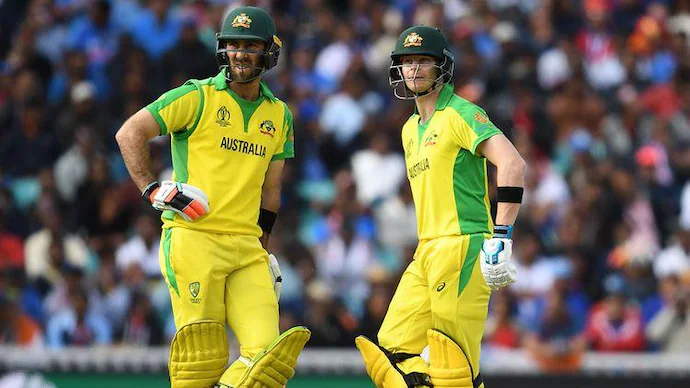
Glenn Maxwell is a fine hitter of spin and might bat at 5. One of Marcus Stoinis and Cameron Green will bat at No. 6, and Stoinis is a favourite for that role. Stoinis’ improved range hitting against the fast bowlers will provide more firepower to Australia, while Alex Carey can bat according to the situation.
The thing that goes in their favour is their middle order is very flexible, and their positions can be swapped according to the matchups in play. Josh Inglis is also in the squad; he can go berserk from the first ball and come in if someone gets injured. They cover every base quite brilliantly, and Australia’s batting unit will be one to watch.
England are among the best batting teams in the competition. Their depth is so good that most of the deserving players have to be left out to accommodate 15. Jonny Bairstow and Jason Roy will open the innings for England. Both will look to unsettle the opening bowlers by going hard right away. However, the duo struggle against the spinners, particularly Jason Roy, and the opponents might look to bring the slow bowlers early in the innings.
Joe Root will bat at No. 3 and handle the spinners. He will ensure the tweakers don’t pile pressure in the middle overs, whereas Ben Stokes might be kept at No. 4. Root and Stokes provide stability to the team, as both are well-equipped against both pacers and spinners.
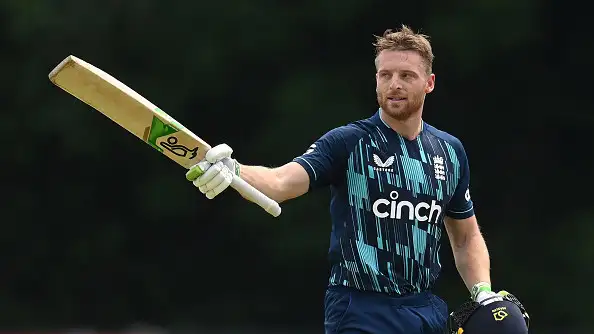
Jos Buttler, Liam Livingstone, and Moeen Ali will take the rest of the spots. Buttler is their best batter and needs no introduction. Liam Livingstone hasn’t proven himself in this format, but he will act as a pace basher in the slog overs, while Moeen Ali will be a floater and might be used to take on the spinners according to the situation.
England also have Dawid Malan and Sam Curran, who might also come in at some point. Their squad has so many match-winners from top to bottom, making them a dangerous lineup for the World Cup.
South Africa have quite a brilliant batting unit for the World Cup. Temba Bavuma and Quinton de Kock will form a solid opening pair. Bavuma has 534 runs at an average of 106.80 and a strike rate of 105.11, including three centuries, in seven ODI innings this year. Quinton is an experienced player with rich experience of batting in Indian conditions. However, the off-spinners can stifle him at times.
Here are the 1️⃣5️⃣ men who have been tasked with the ICC Men’s @cricketworldcup duties 📝 🇿🇦
Let’s back our boys 💪🏏 #CWC23 #ProteasSquadAnnouncement pic.twitter.com/4UXnHkrOlc
— Proteas Men (@ProteasMenCSA) September 5, 2023
SA’s middle order is among the best in the competition. Rassie van der Dussen, Aiden Markram, Heinrich Klaasen and David Miller form a formidable lineup. Dussen and Miller can bash any type of fast bowler but are slightly vulnerable to the spinners. Meanwhile, Markram and Klaasen are the best players against the spinners in the team. Klaasen’s ability to hit consistent boundaries against the slow bowlers is a boon for the Proteas.
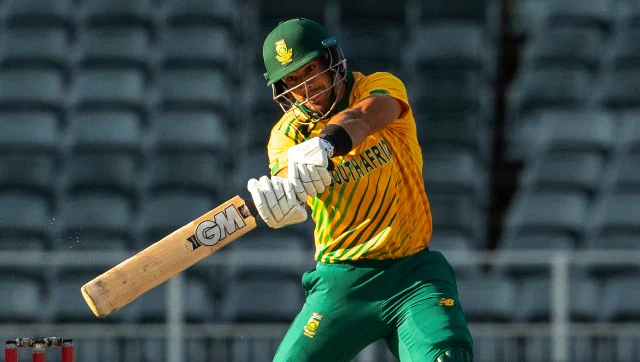
They will have Reeza Hendricks and Marco Jansen in the backup, who can add depth if required. A lot will rely on their fiery middle order, and with the kind of form Bavuma is in, South Africa will threaten the opponent bowlers a tough time.
Pakistan’s top order has been hyped for quite some time now. Fakhar Zaman and Imam-ul-Haq will open the innings for them. While Fakhar’s recent form hasn’t been good, he is still an asset in the sub-continent conditions, whereas Imam has been ever consistent. However, Imam might have to work on his powerplay strike rate a bit. Pakistan’s best batter, Babar Azam, will bat at No. 3 and control the innings.
In the middle order, Pakistan have Mohammad Rizwan, Agha Salman, and Iftikhar Ahmed. Rizwan has flourished at No. 4 and is expected to do well again. He and Agha Salman will be crucial against the spinners in the middle overs. Iftikhar Ahmed’s credentials as a pace hitter have risen, and he will have the same task in the mega event.
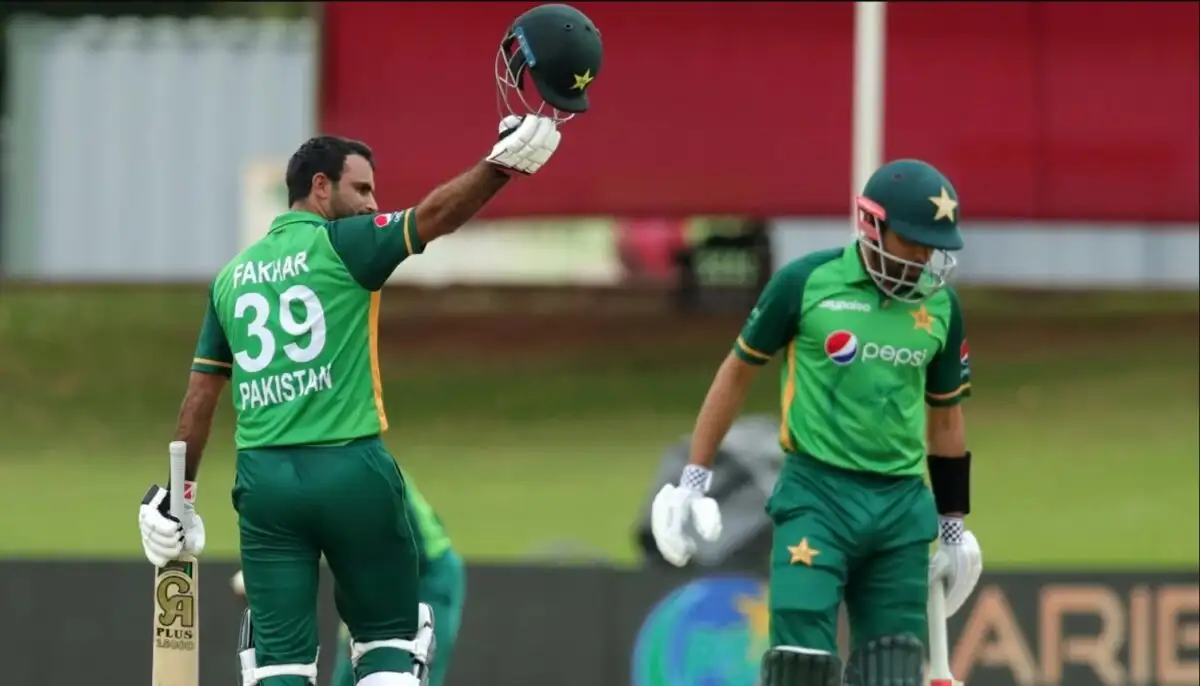
Furthermore, Pakistan also have Shadab Khan, Faheem Ashraf and Mohammad Nawaz in the lower order. They all are more than capable with the willow, and their presence will provide ideal batting depth to the team.
Pakistan will again bank on the top three to do the heavy lifting, but their middle and lower middle order has the required expertise to form a fine batting lineup for the World Cup.
New Zealand also have a decent batting unit. Finn Allen and Devon Conway will open the innings, with Allen taking the responsibility to maximise the powerplay overs and take on the pacers. The return of Kane Williamson will bolster the batting unit significantly. He will bat at No. 3. However, Williamson will be back off an injury, so it will be interesting to see how he goes.
Tom Latham, Daryl Mitchell and Glenn Phillips will form the middle order. Latham is a fantastic player of spin and will bat at No. 4. Daryl Mitchell and Glenn Phillips will handle the pacers, and their range against the fast bowlers has improved a lot recently. Not to forget, the Blackcaps will also have Mitchell Santner at No. 7, who will bolster the batting unit.
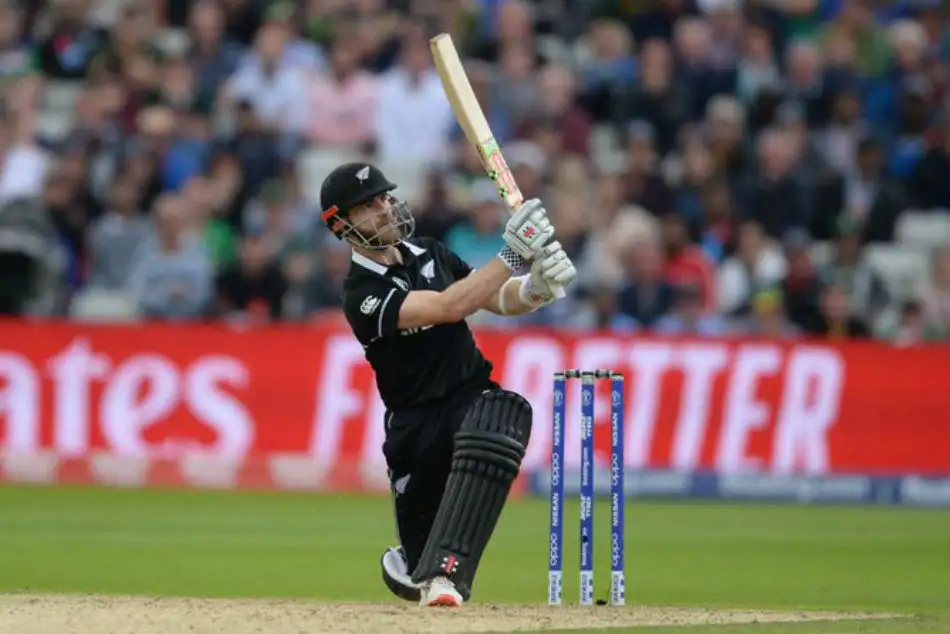
The thing that goes in NZ’s favour is their capability against the slow bowlers. Conway, Williamson and Latham are quite adept at handling the tweakers, while the rest of the batters can threaten the pacers. New Zealand might not have the best lineup, but there are several useful batters to do the job for the team. Most of them also have ample experience of batting on Indian soils.
Bangladesh have an interesting batting lineup for the World Cup. Tamim Iqbal will return at the top and will open with Mohammad Naim. There is also a possibility of Litton Das opening with Tamim in the tournament. Tamim is an experienced batter, but his waning expertise against the spinners might be a concern for the team. Meanwhile, Naim is an attacking batter and can maximise the field restrictions early on. Litton is among their best batters, as he can handle both spin and pace effectively.
Najmul Hossain Shanto, Shakib Al Hasan, Mushfiqur Rahim and Mehidy Hasan Miraz will form the middle and lower middle order. Najmul is in the form of his life, as he has 622 runs at an average of 47.84 and a strike rate of 86.50 in the ODIs this year. Shakib Al Hasan and Mushfiqur Rahim will hold the middle order key again. However, Mushfiqur’s batting position might be slightly lower than usual due to the presence of Naim and Najmul.
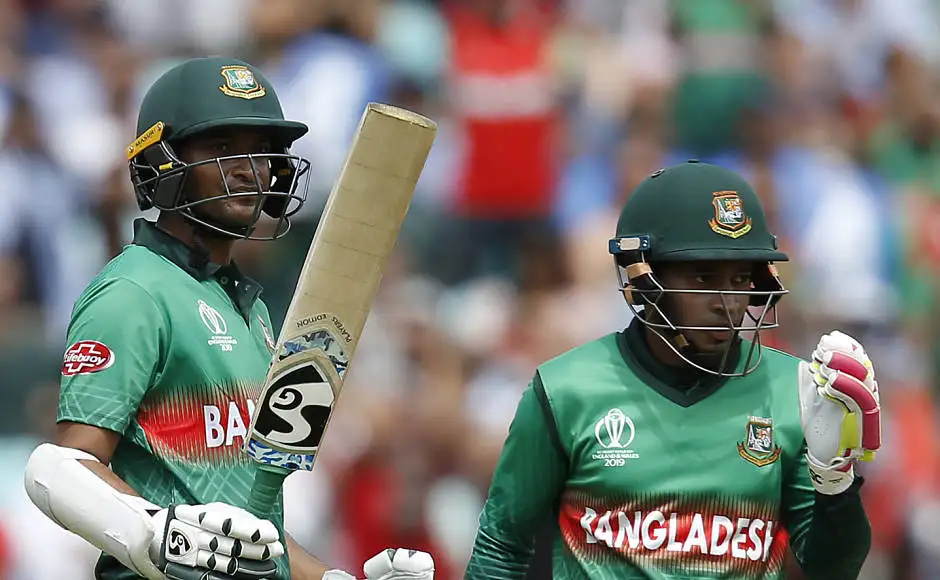
Both Shakib and Rahim are good players of spin, and their vast experience will help the entire lineup. Mehidy can take on the pacers in the back end of the innings. However, Bangladesh still lack the firepower against the fast bowlers. The teams with quality speedsters can stifle the whole Bangladesh batting setup, which will be a concern for them.
Sri Lanka have ample loopholes in their batting unit for the World Cup. They have recalled Dimuth Karunaratne, who will open with Pathum Nissanka. While Dimuth has done reasonably well, his returns against the quality teams are under doubt. But he is a solid batter with a compact technique. Pathum Nissanka and Kusal Mendis will have to step up to cover the other blocks in the team. Both batters have been in decent form, and Pathum’s improved scoring rate in the powerplay is a bonus.
Sadeera Samarawickrama, Charith Asalanka, Dhananajaya de Silva and Dasun Shanka will form the middle and lower middle order. While Sadeera has improved against the pacers, how he goes against the top-class ones remains to be seen. His range against the spinners is quite good. Asalanka is also a brilliant spin player, while de Silva and Shanaka will take on the pacers.
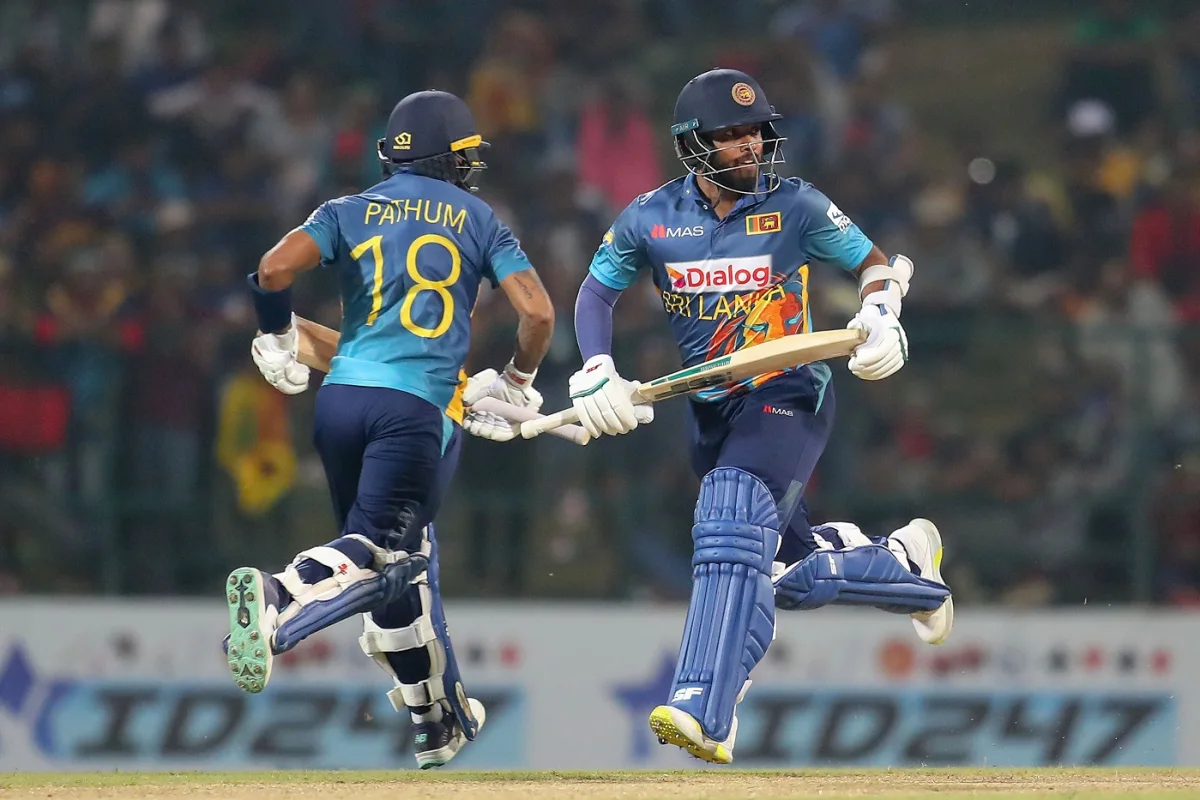
However, Shanaka’s recent form hasn’t been great, and that leaves Sri Lanka vulnerable to the high-end pace bowlers. Sri Lanka have good players to face spin, but their real test will be against the speedsters who will crank up in the middle and slog overs.
Afghanistan have one of the weakest batting lineups for this World Cup. They have a solid opening pair in Rahmanullah Gurbaz and Ibrahim Zadran. Both are known for playing long innings, and Zadran’s best format is also the ODIs. Gurbaz will go hard early on, while Zadran weave a prudent knock.
In the middle order, Afghanistan have Rahmat Shah, Hashmatullah Shahidi, Najibullah Zadran, Mohammad Nabi and Gulbadin Naib. The problem for Afghanistan is the form of Rahmat, Shahidi and Zadran in this format lately. They all have been pretty inconsistent. Rahmat and Shahidi are susceptible to the high-end pace, while Shahidi’s strike rate is also a concern, although he has worked a lot on it.
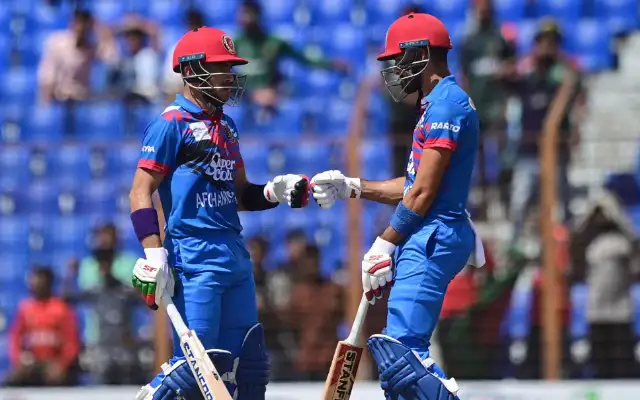
Najibullah Zadan and Mohammad Nabi will have to handle the pace, while Gulbadin will be used as a floater. The presence of Rashid Khan and an improved Mujeeb Ur Rahman also provides depth to the XI. But the recent form of their middle-order batters is a concern, and the management will hope they return to form again. How they tackle the pace of the speedsters also remains to be seen.
The Netherlands are the last-placed team in this segment. They have a good batting unit, but their inexperience might be a concern. Vikramjit Singh and Max O’Dowd will open the innings, who are better play of pace than spin. Hence, the teams are likely to bring their tweakers early in the innings against them.
The middle order will have Wesley Barresi, Colin Ackermann, Bas de Leede, Teja Nidamanuru and Scott Edwards. Bas de Leede and Scott Edwards are better players of spin than the other batters and will have to handle the slow bowlers in the tournament.
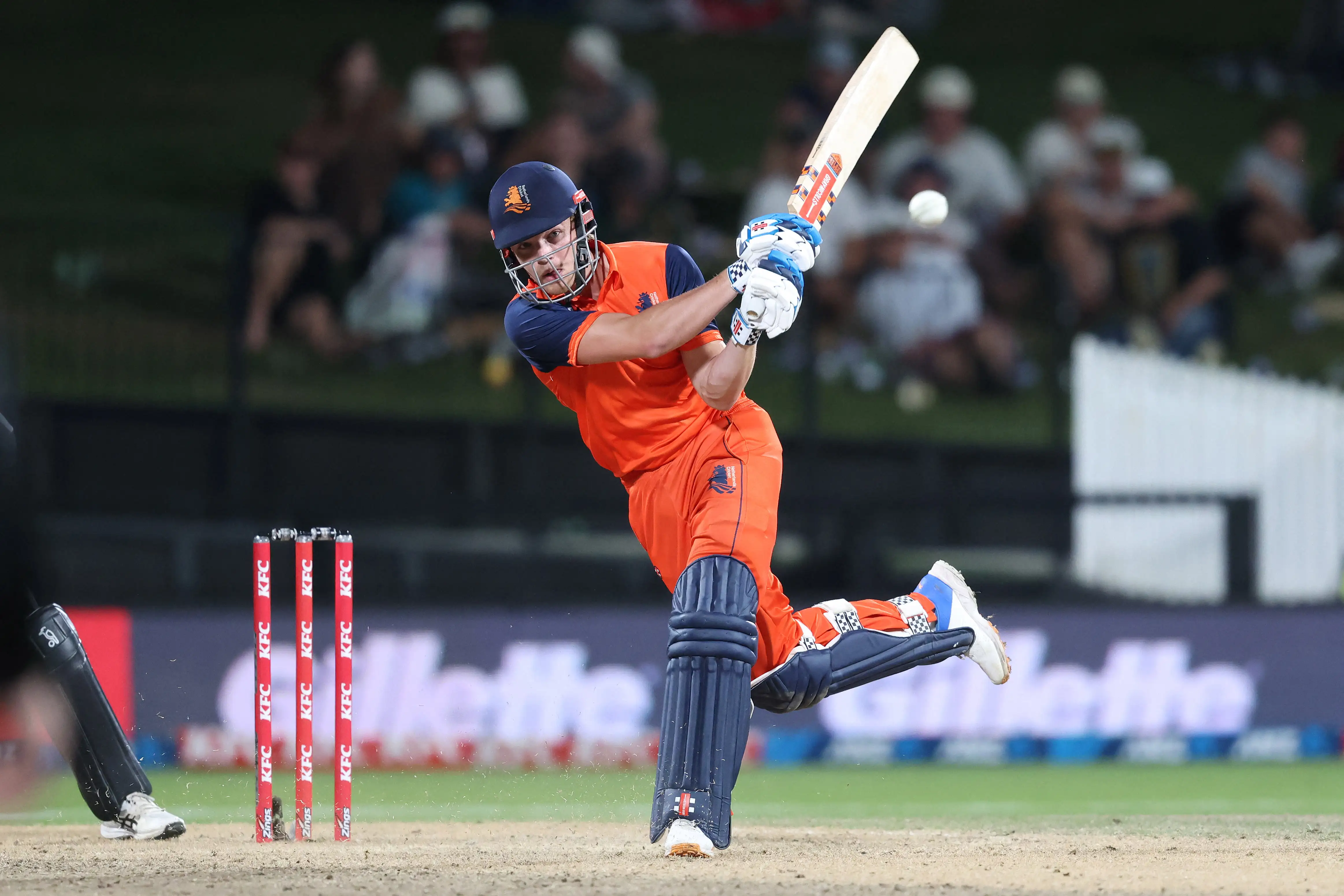
Logan van Beek and Roelof van der Merwe will provide further depth to the batting unit. While they have faced pace bowling consistently, the Netherlands batters will have to tackle quality spin bowling present to almost every team in the tournament to cause a few upsets.
A lot will rely on Bas de Leede again, as he will have to hold the key with the other batters playing around him. The experienced campaigner Colin Ackermann will also have to step up. How they face the spinners will dictate their campaign this World Cup.
The 15 men who will represent The Netherlands in the #CWC23 starting next month.
Wicketkeeper Batter Noah Croes and Fast Bowler Kyle Klein will be the two travelling reserves in the squad.
🇮🇳, here we come! 💪 pic.twitter.com/bTXvVzdZPM
— Cricket🏏Netherlands (@KNCBcricket) September 7, 2023
So, this is the batting strength of each team featuring in the World Cup. India and Australia have most of the bases covered, while England and South Africa have a threatening middle order. The Asian teams like Pakistan and Sri Lanka rely on the top order, while Bangladesh will again bank on their senior players. New Zealand have players to tackle the spinners, and the return of Kane Williamson is a massive boost. Afghanistan and the Netherlands will have to toil hard to compete, but their batting lineup can not be taken lightly.
For more updates, follow CricXtasy on Facebook, Instagram, Twitter, and YouTube.